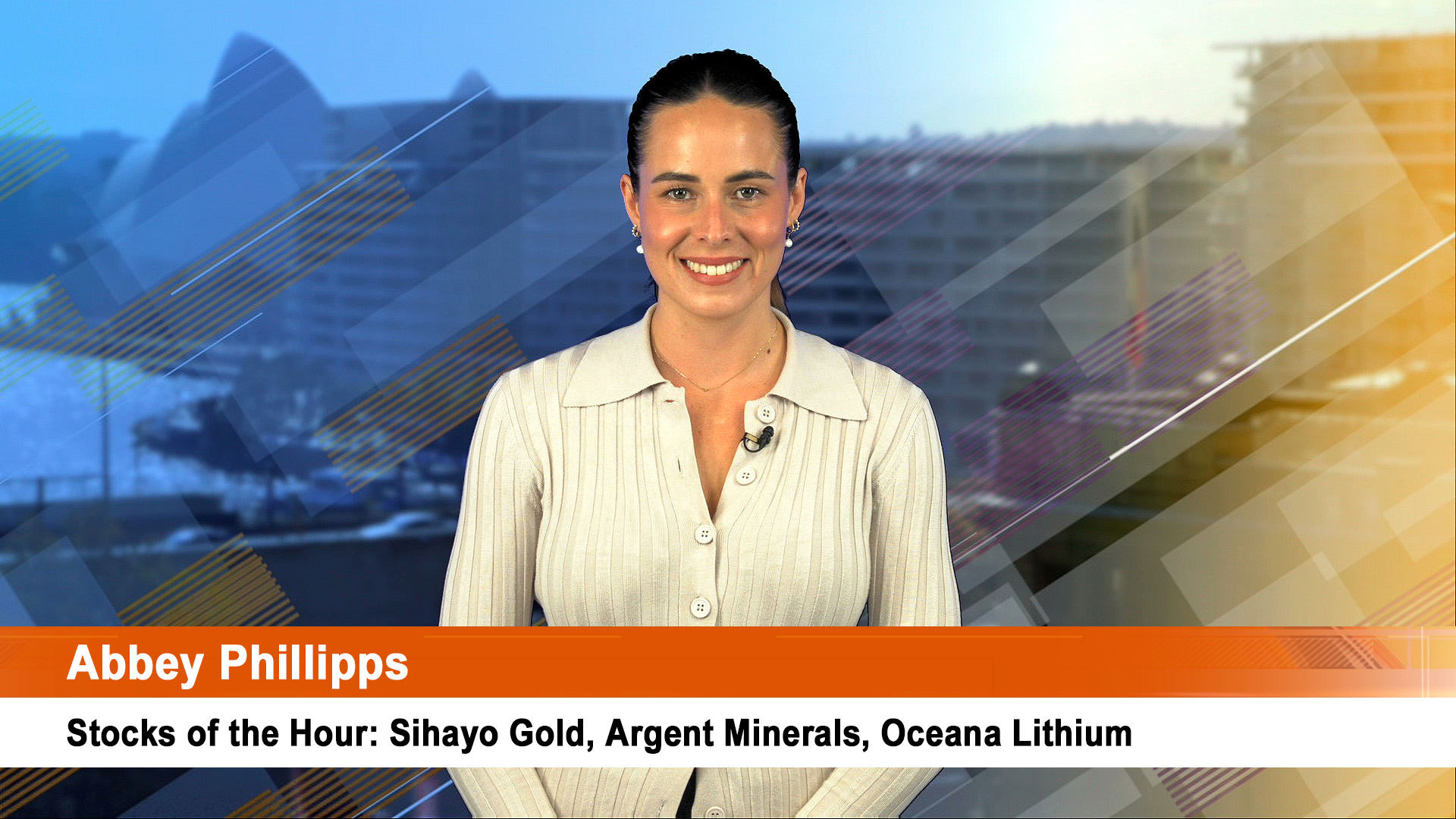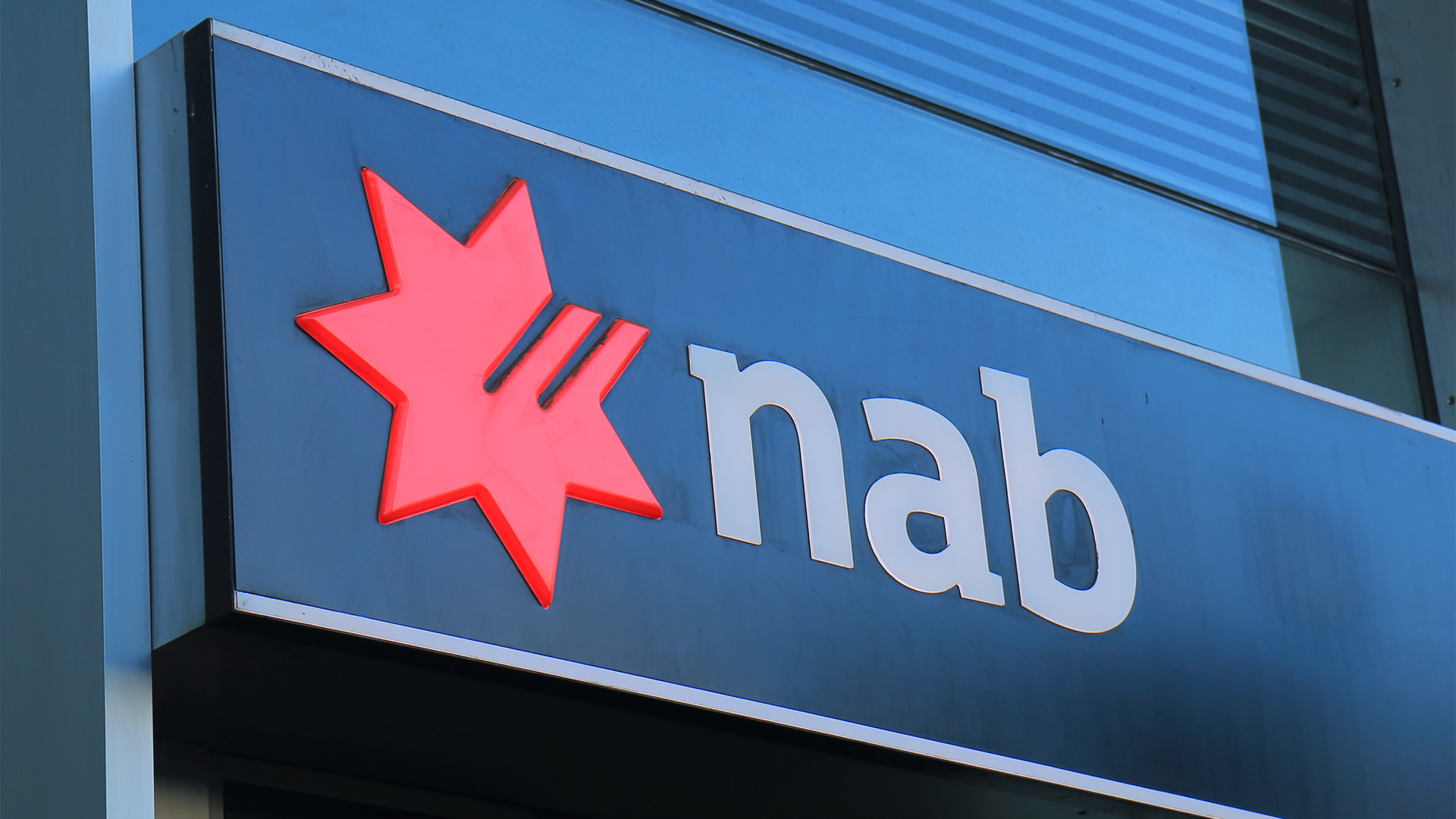Now, people are fretting about iron ore exports after BHP Billiton said demand for the steelmaking raw material had "flattened".
The news knocked the Australian dollar’s value back under $US1.06, sent BHP shares lower and triggered another round of hand wringing from economists and analysts the day after the controversial mining tax was approved by the Senate.
But by the end yesterday, the market reaction was muted, some media were anxious, investment analysts calm and the outlook hadn’t changed all that much.
Helping produce that outcome was a look at the full comments from the company and bullish comments from Rio Tinto and Fortescue Metals about their outlooks.
But there will be some major changes in revenue and profits this year as it continues, compared with the bonanza seen in 2011, especially the six months to June.
The news of ‘flattening’ demand for iron ore came from the head of BHP’s iron ore business in Australia, Ian Ashby.
It came a day after Reserve Bank Governor Glenn Stevens seemed relaxed about the outlook for the Chinese economy in a speech he delivered in Hong Kong.
Thanks to the slowdown in China and the impact of the eurozone crisis late last year, the Chinese economy will grow more slowly this year and next than previously thought.
As well China is adjusting its growth target to 7.5% this year and 7% in the new five year plan starting next year.
But in reality economic growth this year and next will still be faster than this, around 8.5% to 9.25%, according to various forecasters.
That will mean a slowdown in the growth rate of demand for commodities, especially steel making materials like iron ore and coal, tungsten, nickel and chrome.
Last year, China imported a record 686 million tonnes of iron ore, up 11% from 2010, with nearly half sourced from Australia.
But Chinese media reports claim Chinese domestic production is rising.
But that is low quality ore and the 1.3 million tonne figure mentioned by industry spokesmen is much lower in quality.
But steel industry spokesmen have told Chinese media that high domestic production and high stocks of imported iron ore will see total imports fall to a range of 590 million to 650 million tonnes.
Given that imports from India will be down because of tax and production changes in that country (and China is reportedly dropping Iran as a supplier because of the UN sanctions), the impact of the slowdown in demand might not be as dramatic as some analysts think.
The big question is the impact on iron ore prices: a year ago they were around $US180 a tonne; currently they are just over $US140 a tonne for ore shipped from Port Hedland to northern China.
Even if prices don’t change this year, Australia (and Brazil and India) are looking at a sharp fall in revenue from iron ore shipments to China, compared with 2011.
For Australia the impact is magnified by the fall in value of coking coal exports.
Iron ore and coal are the ones that concern us and made up most of the $US59 billion worth of products we shipped to China in 2011.
Coking coal exports to the world from Australia last year were worth $31 billion, with iron ore shipments valued at $59 billion.
The majority of iron ore shipments went to China, the coal mostly went to Japan, South Korea, Taiwan and India.
Yesterday BHP Billiton indicated it was seeing signs that Chinese iron ore demand was flattening.
"Growth is going to flatten off," said BHP’s iron ore division president, Ian Ashby at the Global Iron Ore & Steel Forecast Conference in Perth yesterday.
"The big infrastructure build clearly will come to some end,” Ian Ashby, the Melbourne-based company’s president of iron ore told the media in Perth.
"Steel growth rates will flatten, and they have flattened, and we still see positive growth out to the middle of the next decade," Bloomberg reported him as saying.
"We’re still confident in the long-term demand for commodities generally, of which iron ore is one, as one-third of the global population is urbanizing and the population is getting bigger," Ashby said.
But he still said BHP saw Chinese ore consumption rising from 683 million tonnes in 2011 to 1.1 billion tonnes in 2025.
The company hasn’t "slowed down" its plans to add more capacity, he said.
He indicated that the company sees growth in demand as falling into single digits.
Mr Ashby said that in the short term, BHP was cautious, but the long term growth drivers in China were still "intact".
He said BHP was sticking with its $US10 billion iron ore expansion plan and was mining ore at a rate of 165-170 million tonnes per year, which is above the company’s current production guidance of 159 million tonnes in the 2011-12 financial year ending June 30, maintaining the company’s No.3 global ranking in iron ore behind Vale of Brazil and Rio Tinto.
BHP saw the current floor for global iron ore prices at $US120 a tonne, Ashby said.
Iron ore has sold for between $US130 and $US147 a tonne over the last four months, which mega-producers such as Rio Tinto have said is high enough to warrant investment in new mines.
Despite this slowing in the rate of growth in demand for iron ore, Mr Ashby said BHP was pressing ahead with its expansion plans in the Pilbara, which include the huge Port Hedland outer harbour expansion (to cost an estimated $US18 billion ore more over the next 10 years, if approved later this year).
Around $US1 billion (BHP’s share $US779 million) has been approved on early projects for the outer harbour project, and the first stage, designed to lift the capacity of the port by 100 million tonnes a year, will be ready by 2016.
The capacity













